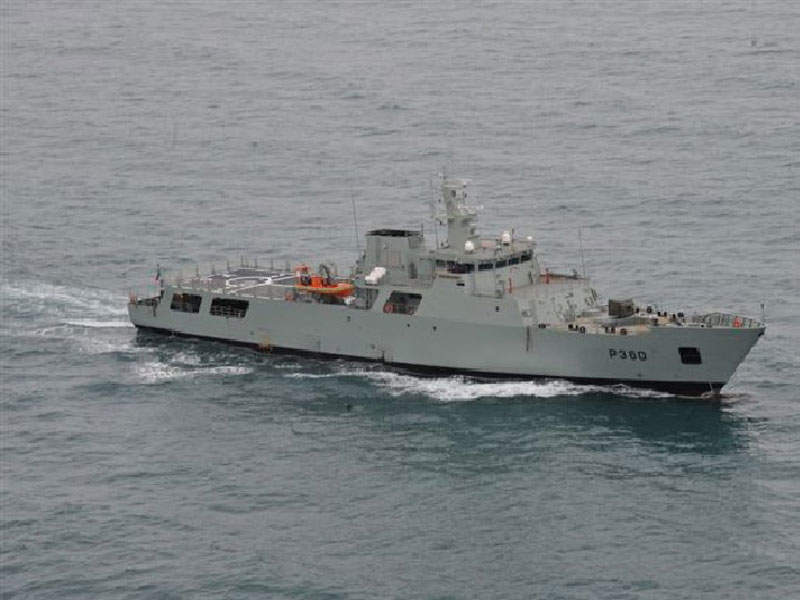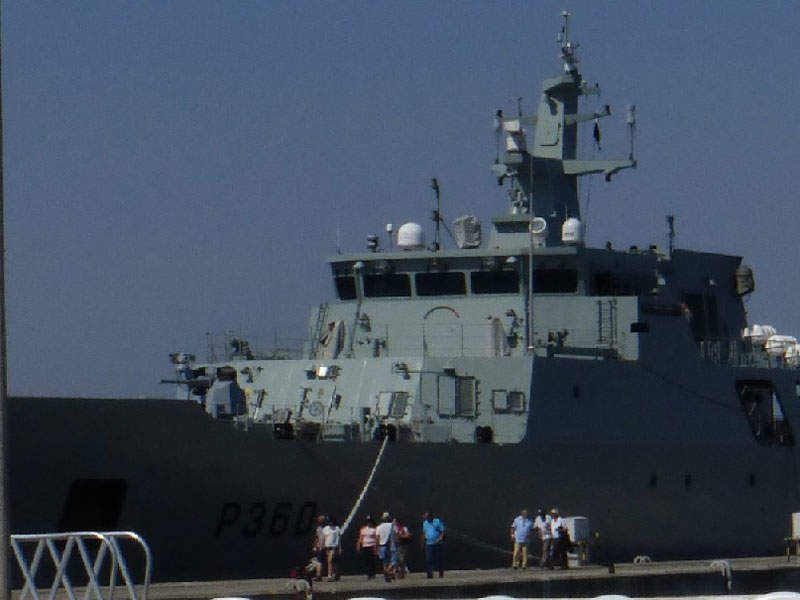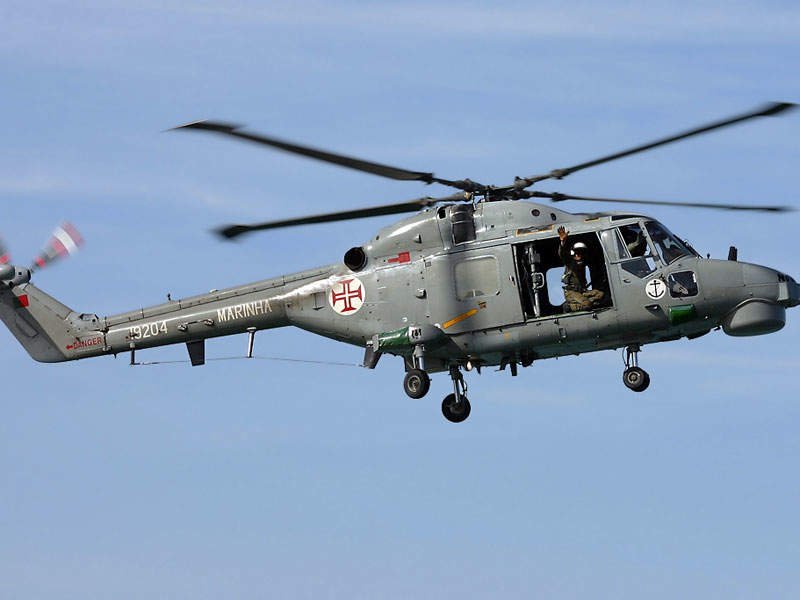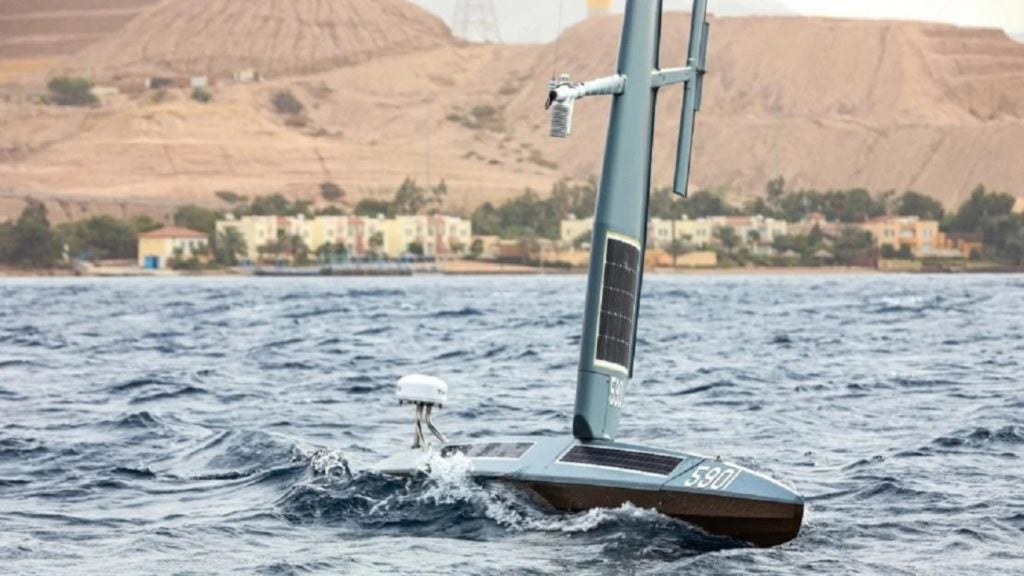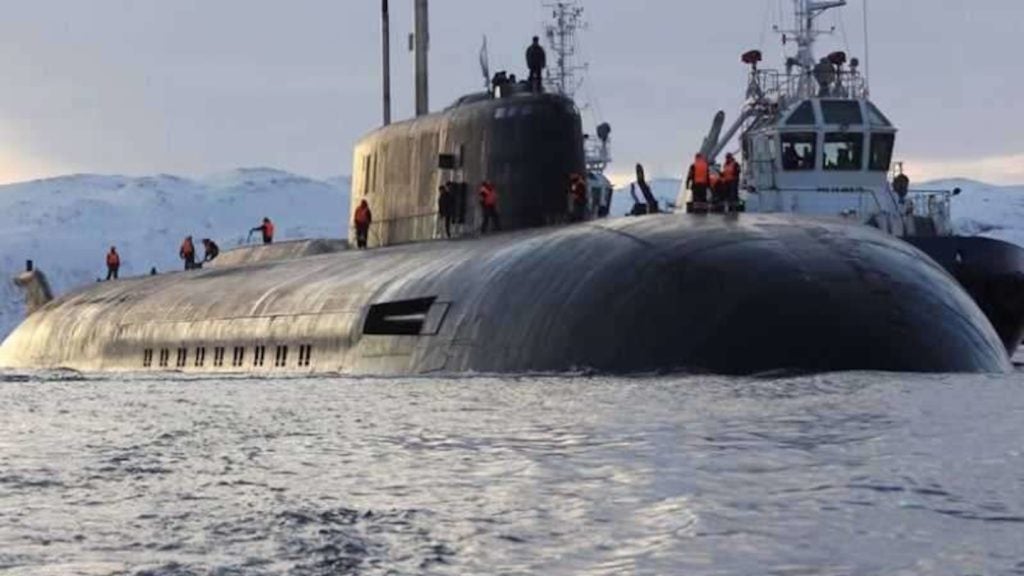Viana do Castelo Class offshore patrol vessels (OPVs) are constructed for the Portuguese Navy. Built by Estaleiros Navais de Viana do Castelo (ENVC) and West Sea Shipyards, the OPVs are primarily used for operations in the North Atlantic Ocean.
The vessels can be deployed in maritime patrol and surveillance, fisheries protection, search-and-rescue (SAR), disaster relief, environmental protection and prevention of drug trafficking, illegal immigration and arms trafficking.
The OPVs are named after the coastal cities of Portugal. The first ship, Viana do Castelo (P360), was launched in October 2005 and commissioned in March 2011. The second vessel, Figueira da Foz (P361), was introduced by ENVC in October 2005 and enlisted in June 2013.
Portugal signed an $84m contract with the CWSE-NPO consortium, comprising West Sea and Thales subsidiary EDISOFT, for the construction of additional vessels in July 2015.
The construction programme of the third OPV, Sines (P362), as well as three more vessels in the class was announced in 2016. The Sines OPV was launched by West Sea Shipyards in May 2017, with commissioning scheduled for June 2018.
Setubal, Funchal and Aveiro, the remaining vessels in the class, were under construction at West Sea Shipyards. The Setubal OPV was scheduled to be delivered to the Portuguese Navy by December 2018.
Viana do Castelo Class features
The OPV features a mono-hull design incorporating an integrated platform management system (IPMS), navigation, data and aircraft visual aids system.
The vessels can support the operations of unmanned systems and are installed with a Sagem SA Vigy 10 MKIII naval surveillance and observation system, three water cannons and two rigid inflatable boats (RIBs).
Anti-pollution variants are fitted with fat oil recovery systems to collect and transfer pollutants spilt in the ocean. The on-board storage tanks allow for the storage and heating of collected contaminated materials to extract pollutants.
The OPV has a length of 83m, beam of 12.9m and draft of 3.8m. The full-load displacement is 1,850t. Each vessel can accommodate a total of 42 personnel.
Weapon systems
The OPV is armed with a 30mm Oto Melara Marlin gun and two 7.62 mm light machine gun mounts. It is also installed with two launching systems for laying MK55 Mod 2 mines.
The 30mm main gun has 120 rounds a minute maximum rate of fire and can engage surface targets within a range of 6,000m as well as aerial targets within 4,000m.
Helicopter handling system
The OPVs are equipped with a flight deck at the stern of the hull. The deck can support the operation of a single medium-sized helicopter, such as a Super Lynx MK95 helicopter. The vessel, however, lacks a hangar facility.
Viana do Castelo Class propulsion
The OPVs are powered by diesel-electric propulsion, integrating two Wartsila diesel engines and two electric motors that drive two five-bladed, variable-pitch propellers. Each diesel engine develops a power output of 3,900kW, while each motor develops a maximum power of 200kW.
The propulsion system will provide a maximum speed of 20k and range of 5,000nmi at an economical speed of 15k.

